
In 1907, a young woman from Orimattila, Finland received an encrypted postcard. Can a reader decipher it?
The picture series I introduced in my last post contains a photograph of a 1930s electronic machine. It seems completely unknown how it was used and if it was a cipher machine at all.
Edward Hebern was a bustling, yet successless constructor of cipher machines. The Smithsonian Institution has put a number of photos of these devices into the public domain.
German cipher expert Nils Kopal has produced a number of interesting crypto videos. His CrypTool 2 Youtube channel is a must-see for everybody interested in classical cryptography.
A team of computer scientists has improved the record for factorizing prime number products from 795 to 829 bit.
The seat covers in EasyJet airplanes bear symbols that look like pigpen letters. Blog reader Matthias Axinger has provided me an interesting analysis of these glyphs.
This might be the cryptogram discovery of the year: a manuscript containing some 7000 illustrations, many of them with encrypted (?) captions. Can a reader make sense of these unusual artworks?
At the RSA 2020 I gave a talk about post quantum cryptography. It’s now available on YouTube.
A. J. Jacobs, a successful US author and journalist, has provided me scans of an encrypted journal written by a renowned psychologist. Can a reader break it?
Last December, Jarl Van Eycke and Louie Helm solved a bigram-substitution ciphertext consisting of 750 letters – a new world record was reached. Now I have created a 600-letter bigram challenge. Can it be solved, too, or have we reached the end of the line?
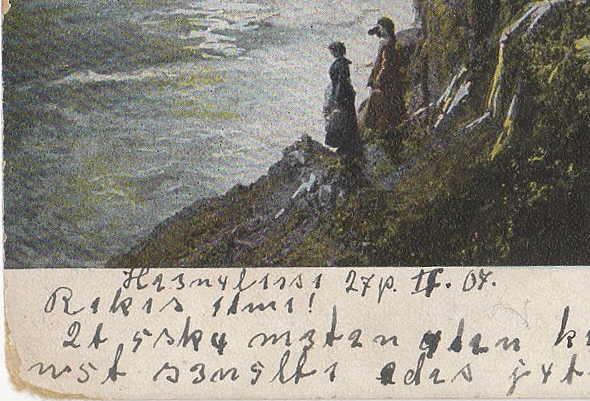
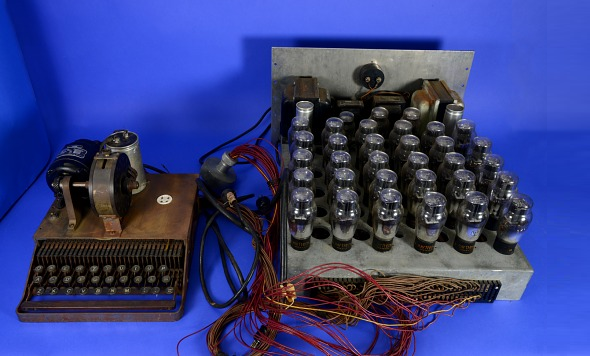
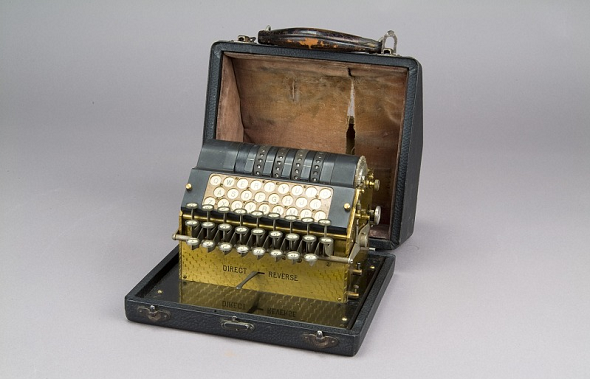


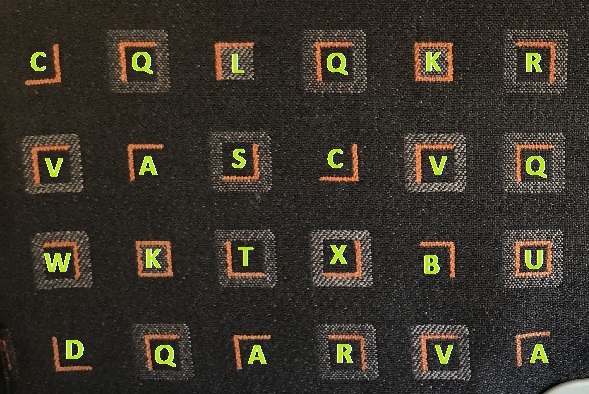
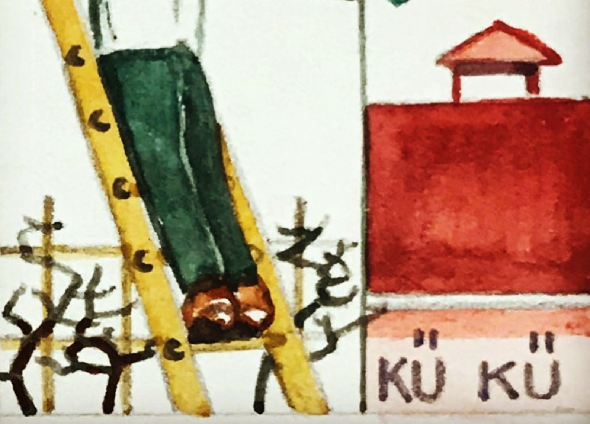
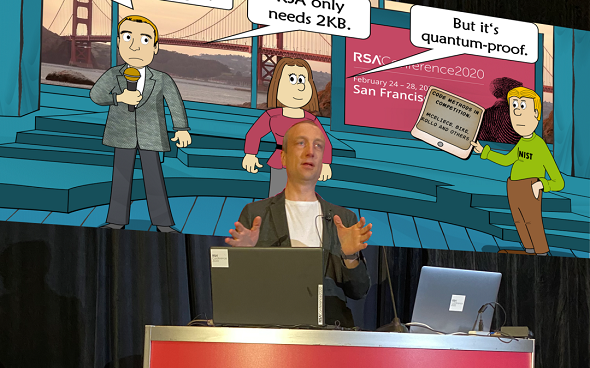
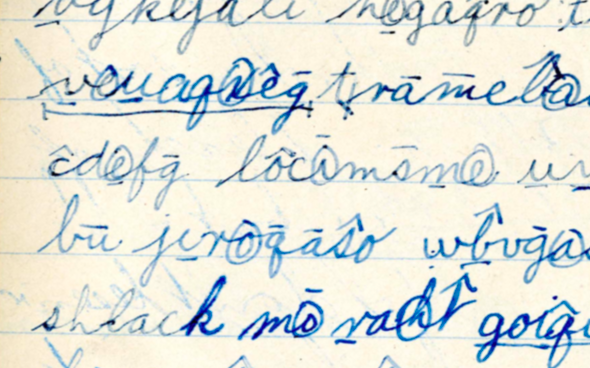
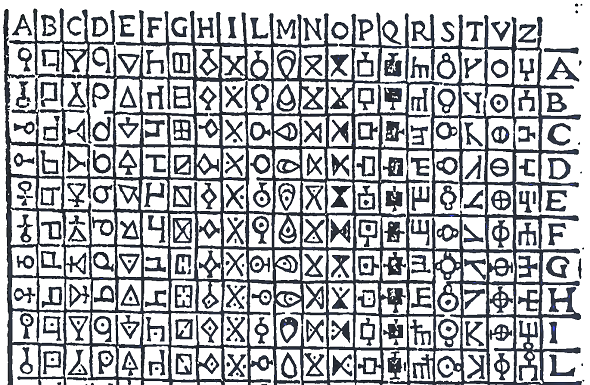

Letzte Kommentare